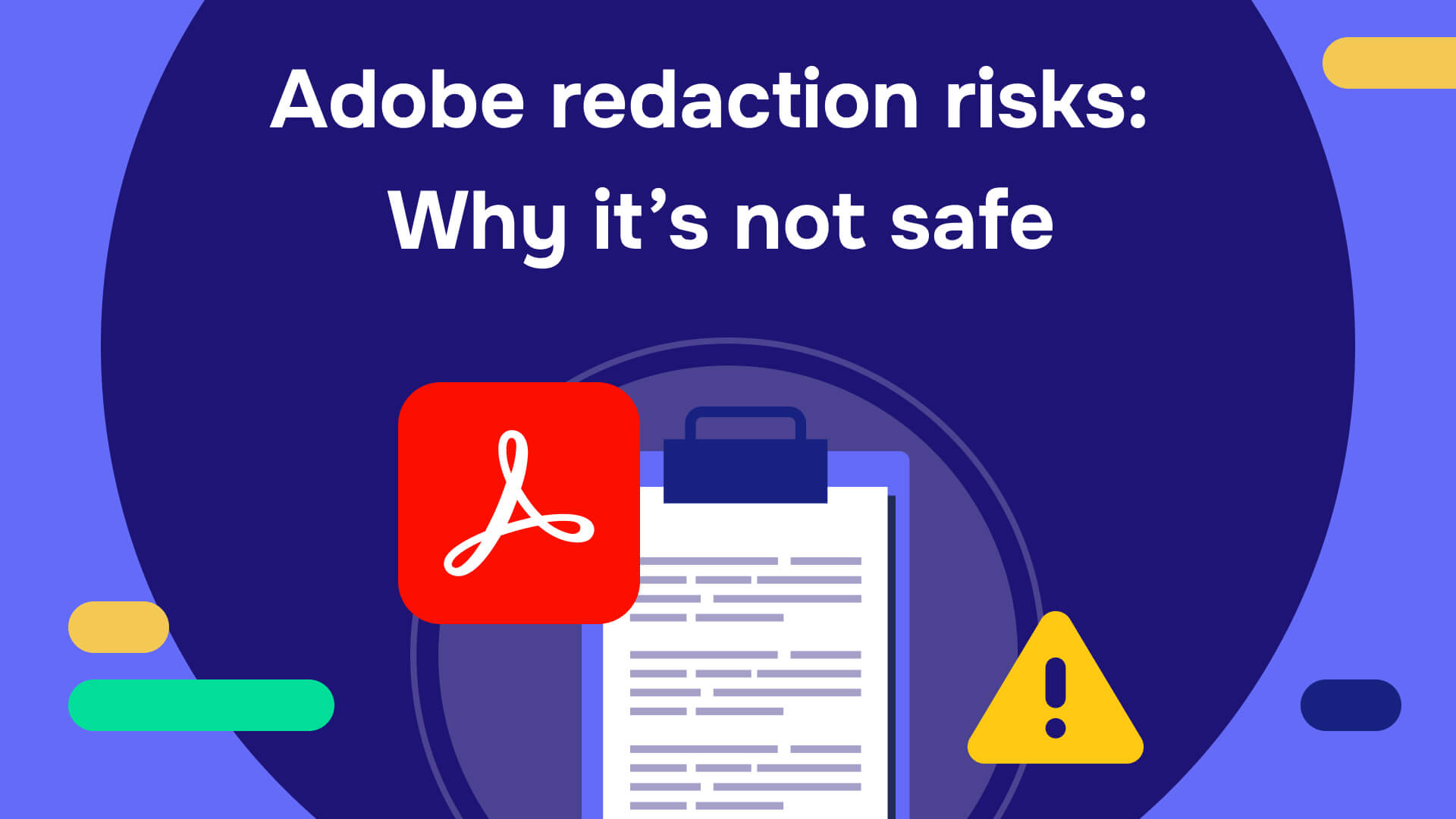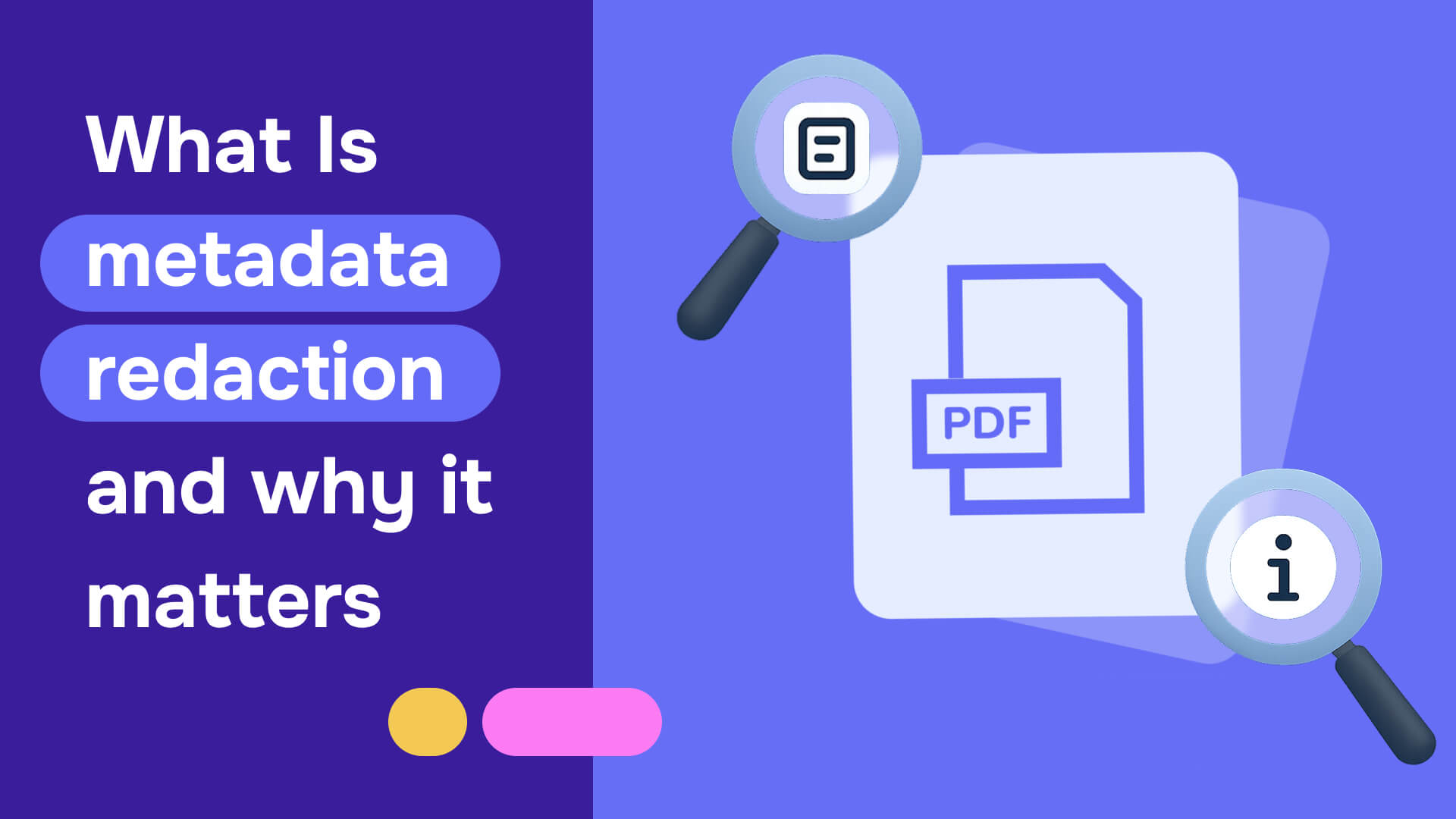Hiring bias isn’t just illegal; it’s also bad for business. Diversity in hiring leads to diversity in thought, solutions, and innovation, and many of the best candidates prefer diverse organizations. But if you’re trying to eliminate unconscious bias from your hiring process, it might seem difficult. After all, how can you eliminate something you’re not consciously aware of? In this article, we will demonstrate the insidious, stealthy nature of hiring bias and show you the concrete steps you can take to eliminate it from your hiring process.
Hiring bias definition
Hiring bias is the tendency of individuals or organizations to make hiring decisions that are influenced by factors unrelated to a candidate's qualifications, skills, or experience. This can manifest in various ways, including favoring or discriminating against candidates based on various characteristics that are irrelevant to the job requirements. This is similar to recruitment bias, which occurs during the recruiting or screening stage of the hiring process. Hiring bias can significantly impact the diversity and inclusivity of a company's workforce, as well as its overall effectiveness in hiring the most qualified candidates.
Hiring bias can manifest in two ways, either consciously or unconsciously. Conscious bias, also known as explicit bias, occurs when individuals intentionally make decisions based on their personal opinions. For example, a hiring manager may consciously choose candidates who share their demographic background, leading to discriminatory hiring practices.
Unconscious or implicit biases refer to prejudices that individuals are not consciously aware of but which still influence their decisions and behaviors. These are often rooted in societal stereotypes and cultural norms. They shape perceptions and judgments without individuals realizing it and can lead to unintentional discrimination in hiring decisions, such as assumptions about a candidate's abilities based on their appearance.
Types of hiring bias
There are many types of hiring bias, any of which can contribute to both conscious and unconscious bias. Let’s take a closer look at the most common:
- Name Bias
Name bias is the tendency to make judgments about an individual based on their name. It is often influenced by stereotypes or preconceived notions associated with certain names. For example, resumes with a white-sounding name have a callback rate of 9.65%, but identical resumes with black-sounding names only have a callback rate of 6.45%.
- Gender Bias
Prejudice or discrimination based on an individual's gender leads to unfair treatment or opportunities based on societal expectations or stereotypes associated with masculinity or femininity. With 40% of female employees reporting that they have experienced bias at work; this is a very prevalent form of bias.
- Racial Bias
Racial bias is discrimination or prejudice against individuals of a particular race or ethnic group. It results in unequal treatment or opportunities based on perceived racial differences.
- Age Bias
Age bias is discrimination based on an individual's age, and can be directed towards older or younger individuals. It limits opportunities due to stereotypes or misconceptions about age-related abilities or limitations. As an example, job applicants over the age of 40 are 46% less likely to receive an interview.
- Sexual Orientation Bias
This type of bias targets people based on their sexual orientation. Nearly half (45.5%) of LGBTQIA+ workers report bias in the workplace, including not being hired because of their sexual orientation or gender identity.
- Confirmation Bias
Confirmation bias is the tendency to favor information that confirms one's preexisting beliefs. In hiring, it means unconsciously looking for information that supports first impressions of a candidate’s skills. Candidates can be hired or passed over because of cherry-picked information that isn’t a complete picture of their skills.
- Proximity Bias
Proximity bias means that people tend to prefer those who are physically closer to them. This puts remote workers at a disadvantage over workers who can be hybrid, even if the remote worker might be a stronger candidate.
- Religion Bias
Religion bias occurs when somebody is discriminated against due to their religion, or due to the tenets of the hiring manager’s religion. For example, worn signifiers of faith, like a hijab, yarmulke, or crucifix, may influence hiring decisions one way or another.
- Affinity Bias Or Similarity Attraction Bias
This type of bias is the tendency to favor individuals who share similar backgrounds, experiences, or characteristics, leading to biased decision-making based on personal connections or perceived similarities. If somebody is hired because they went to the same university as a recruiter, that’s affinity or similarity attraction bias.
- Disability Bias
Disability bias is discrimination or prejudice against individuals with disabilities. This results in unequal treatment or opportunities due to stereotypes or misconceptions about disability-related capabilities or limitations.
- Socioeconomic Bias
Socioeconomic bias leads to unequal treatment or opportunities based on perceived social class or economic background.
- Beauty Bias
Also known as lookism, beauty bias leads to decision-making favoring those perceived as more attractive.
- Halo/Horns Effect
The Halo/Horns effect is a type of confirmation bias. It is the tendency to perceive individuals as inherently good (halo) or inherently bad (horns) based on a single positive or negative trait, leading to biased judgments and evaluations of their overall character or abilities.
How to avoid hiring bias
Avoiding hiring bias isn’t just a question of individual efforts. There are several strategies that can create change on a company-wide level.
Train your team on unconscious bias
Making the recruiting and hiring team aware of unconscious biases they might not be aware of can be a proactive approach to reducing unconscious hiring bias. Raising awareness of the unconscious biases that may influence decision-making empowers your team to recognize and mitigate these biases effectively. Training sessions can include interactive workshops, case studies, and discussions. Providing practical strategies and tools, such as structured interview protocols and diverse candidate sourcing techniques, enables team members to make more objective and informed decisions.
Encouraging ongoing reflection and dialogue within the team fosters a culture of accountability and continuous improvement. This ensures that unconscious bias remains a priority in all aspects of the hiring process. Through proactive training on unconscious bias, your team can cultivate a more equitable and inclusive environment.
Implement blind recruitment processes
Both conscious and unconscious bias can influence every stage of the recruitment process. One way your company can mitigate this is by redacting resumes. Before resumes are given to hiring managers, use a redaction tool to anonymize candidate information such as names, dates of birth, addresses, and alma maters, to help reduce bias.
Read also: What is blind hiring and how the process works
Establish clear criteria for evaluating candidates
Establishing clear criteria for evaluating candidates helps reduce bias because it ensures that all candidates are assessed based on the same job-related qualifications. Clear criteria help eliminate subjective judgments and bias. By providing a structured framework for evaluation, hiring teams can focus on the essential requirements of the role, reducing the influence of unconscious biases.
Regularly review the company’s hiring practices for bias
Regular audits help companies proactively detect and mitigate biases in their recruitment processes. Audits can also help keep your company compliant with fair hiring regulations. Hiring a third party to carry out these audits helps obtain objective results.
Why is it important to avoid hiring bias
Hiring bias gets in the way of fair recruiting practices and reduces diversity and inclusion. Fair hiring practices enrich your corporate culture and prevent serious legal consequences. But the most important reason to avoid hiring bias is that it can prevent you from hiring the best people. At the end of the day, when hiring bias is present, there is a very real possibility of excluding the right candidate for the job.
Fair recruiting practices
Avoiding hiring bias promotes fair recruiting practices by ensuring that every qualified candidate is given an equal opportunity regardless of their gender, race, age, socioeconomic status, or other characteristics. Organizations can create a level playing field by eliminating biases in the recruitment process.

Fair recruiting practices are the first step toward eliminating hiring bias and ensuring that individuals are evaluated based solely on their skills, qualifications, and potential to contribute to the company's success. It also makes good financial sense to assess candidates from a wide range of backgrounds and perspectives.
Fosters diversity and inclusion
Hiring bias perpetuates a cycle of hiring individuals who share similar backgrounds and experiences. This homogeneity limits the range of perspectives, ideas, and talents within the team and gets in the way of innovation and problem-solving. But by actively avoiding hiring bias, companies can embrace a more diverse pool of candidates and build an inclusive environment where individuals from various backgrounds contribute their unique insights and talents. Ultimately, this improves creativity, collaboration, and organizational success.
Improves company culture and productivity
Eliminating hiring bias helps your employees feel more valued, respected, and empowered. Attracting a diverse range of talent shows your teams that your company truly values a wide array of perspectives. An inclusive environment enhances employee engagement and productivity to drive overall success. For example, companies whose workforce includes people with disabilities have 28% higher revenue than those that don’t. Reducing bias opens up new opportunities for employees and companies.
Legal compliance
In the US, many regulations have been established to protect individuals from unfair treatment based on protected statuses. These laws include the Civil Rights Act of 1964, the Age Discrimination in Employment Act, and the Americans with Disabilities Act, among others. Violations can result in serious consequences, including fines, lawsuits, and damage to a company's reputation. Therefore, it is in a company's best interest to actively reduce and avoid hiring bias to stay compliant with fair hiring laws and regulations.
How redactable can help recruiters avoid hiring bias
Hiring decisions should be made based on skills and qualifications– and that means you need to remove irrelevant information from resumes. That’s where Redactable can help. Our AI redaction tool can help avoid hiring bias by anonymizing candidate information quickly and easily. It’s the quickest and most efficient way to jumpstart fair hiring practices and empower your hiring team to make the best decisions for your company.







